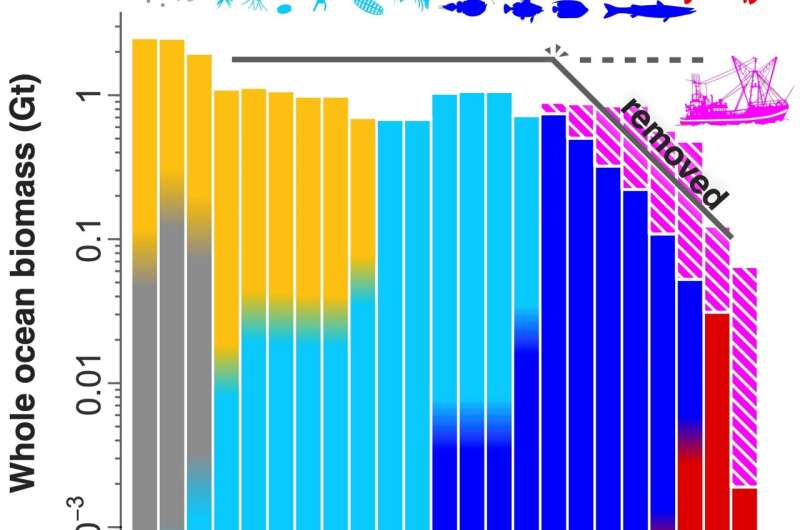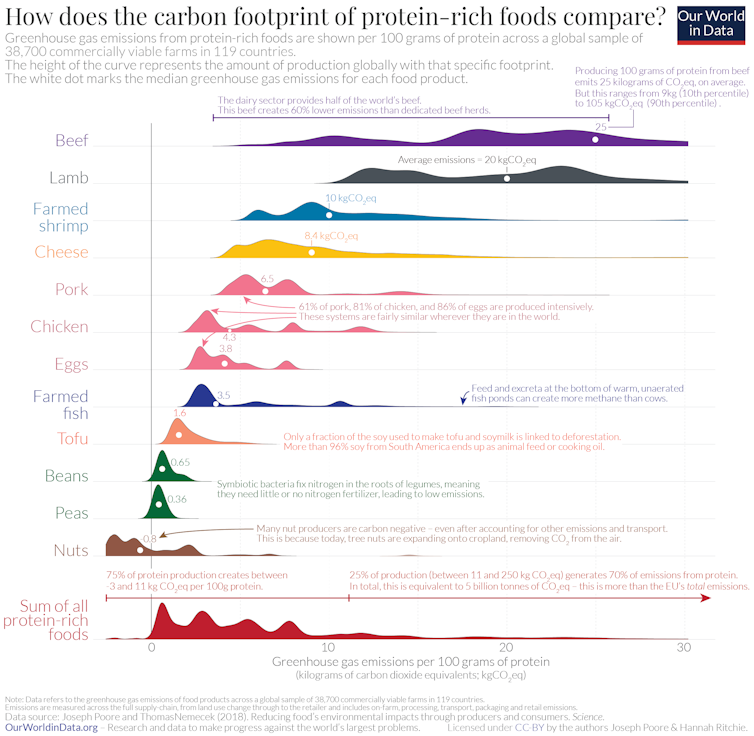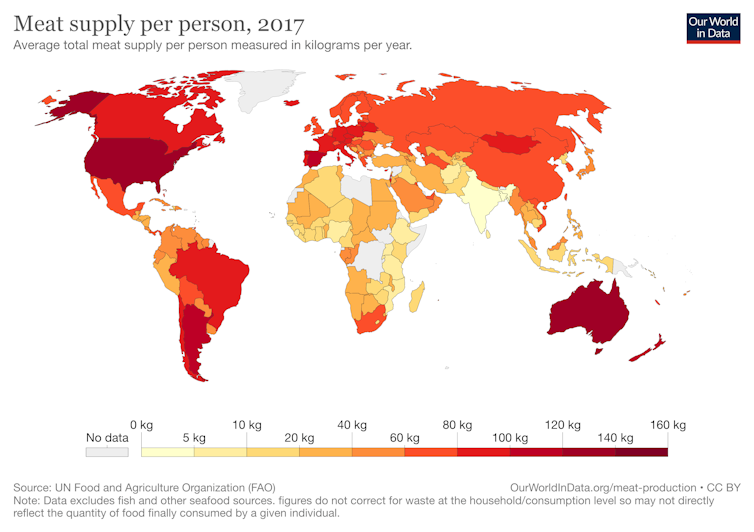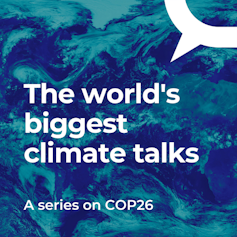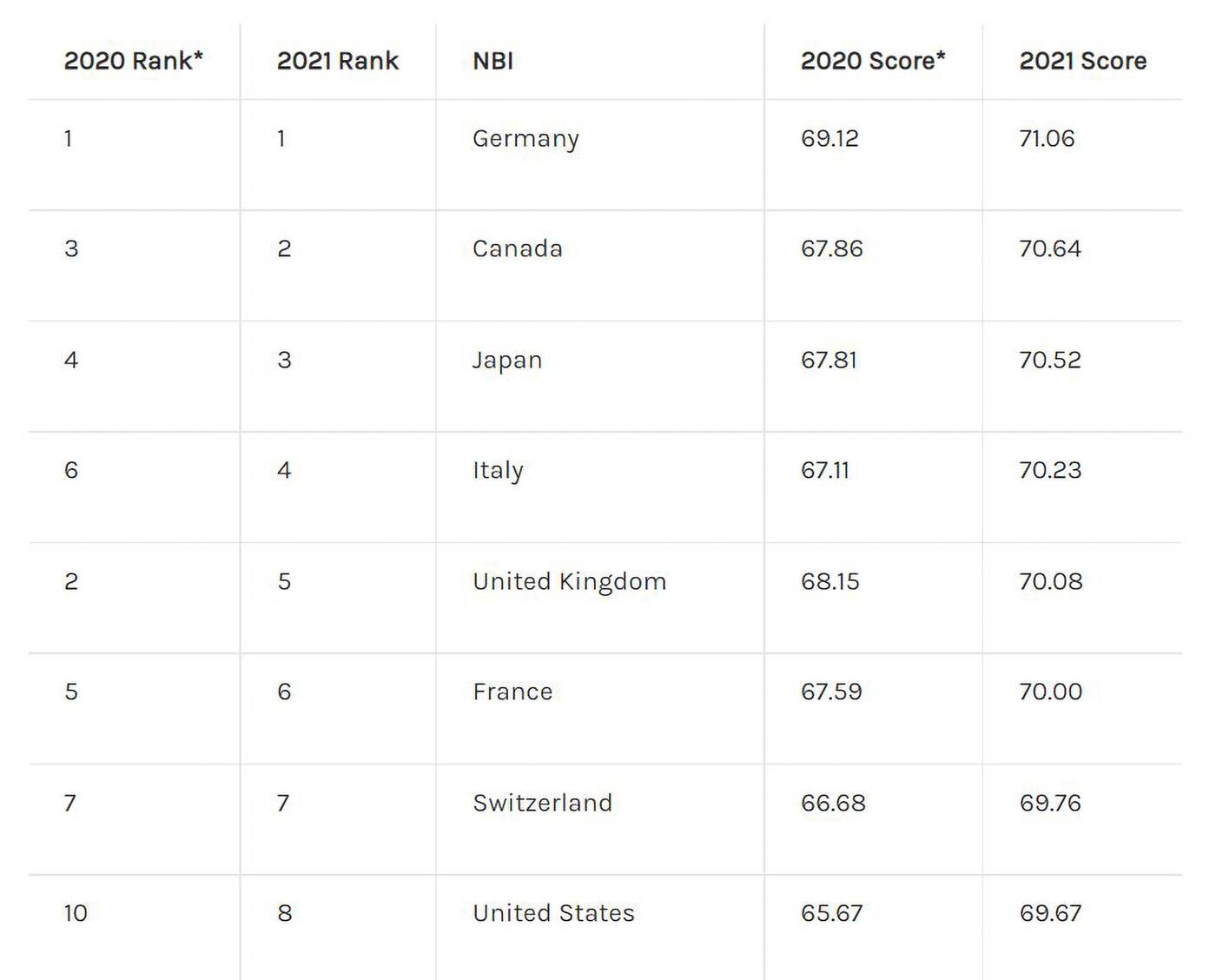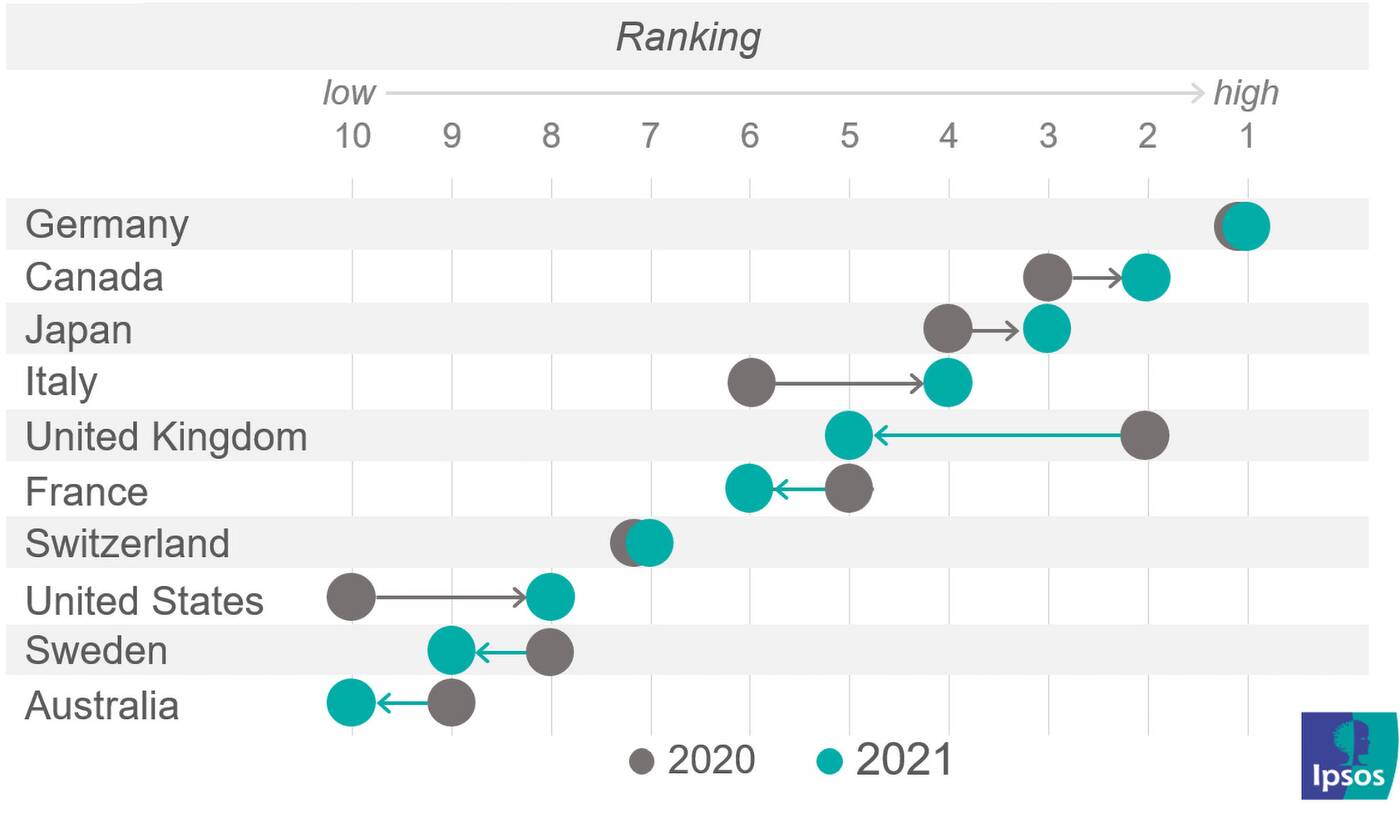- Each production hub will produce up to 20 tonnes of low-to-negative carbon intensity hydrogen per day, close to Hyzon fleet deployments

NEWS PROVIDED BYHyzon
Nov 10, 2021, 08:35 ET
ROCHESTER, N.Y. and HOUSTON, Nov. 10, 2021 /PRNewswire/ -- Hyzon Motors Inc. (NASDAQ: HYZN), (Hyzon) a leading supplier of hydrogen-powered fuel cell electric vehicles, and TC Energy Corporation (TSX,NYSE: TRP), (TC Energy), today announced an agreement to collaborate on development, construction, operation, and ownership of hydrogen production facilities (hubs) across North America.
The hydrogen production facilities will be used to meet hydrogen fuel cell electric vehicle demand by focusing on low-to-negative carbon intensity hydrogen from renewable natural gas, biogas and other sustainable sources. The facilities will be located close to demand, supporting Hyzon back-to-base vehicle deployments.
"Through this agreement we are marrying the expertise of TC Energy in natural gas and renewables with that of Hyzon, which has its technology in fuel cell electric vehicles being delivered around the world today," said Corey Hessen, TC Energy's Senior Vice President and President, Power and Storage. "TC Energy is committed to exploring and developing energy solutions in North America for our own assets as well as those of customers to meet their energy transition needs. We believe we are well positioned to execute on the development of hydrogen and CO2 pipelines."
Under the agreement, the companies will evaluate sites across multiple states and provinces to develop hydrogen production facilities with the goal of hydrogen delivery to fuel heavy duty vehicles. The hubs will be prioritized near existing and potential customer demand with a goal to produce up to 20 tonnes of hydrogen per hub per day. TC Energy will operate the hubs, supply the power and gas commodities, and provide asset development, management services, and power and gas sales marketing.
"By partnering with TC Energy on modular hydrogen production hubs from a range of sustainable production feedstocks close to Hyzon fleet deployments we can fully decarbonize mobility at a very low cost and time to build," said Parker Meeks, Chief Strategy Officer, Hyzon Motors Inc. "This agreement is just one of the many steps and strategic partnerships that Hyzon Motors will be announcing in the coming months to confirm our ability to bring clean hydrogen infrastructure to market with our vehicles in the very near term."
Currently, Hyzon and TC Energy are evaluating near-term potential hydrogen hub production sites in a number of states, tied to prospective fleet customer deployments. In addition to Hyzon vehicle customers, the partnership will jointly market third-party hydrogen volumes to industrial sectors, power generation and energy distribution.
Utilizing existing partnerships with modular hydrogen technology partners, such as Raven SR and ReCarbon, TC Energy and Hyzon look to site hydrogen hubs to serve Hyzon fleet deployments, enabling unique speed to market for low-cost, low-to-negative carbon intensity hydrogen infrastructure development. This also complements TC Energy's strong renewable natural gas interconnections and pipeline network.
About Hyzon
Headquartered in Rochester, N.Y., with U.S. operations in the Chicago and Detroit areas, and international operations in the Netherlands, Singapore, Australia, Germany, and China, Hyzon is a leader in fuel cell electric mobility with an exclusive focus on the commercial vehicle market, and a near-term focus on back to base (captive fleet) operations. Utilizing its proven and proprietary hydrogen fuel cell technology, Hyzon aims to supply zero-emission heavy duty trucks and buses to customers in North America, Europe and around the world to mitigate emissions from diesel transportation, which is one of the single largest sources of carbon emissions globally. The Company is contributing to the escalating adoption of fuel cell electric vehicles through its demonstrated technology advantage, leading fuel cell performance and history of rapid innovation. Visit www.hyzonmotors.com.
About TC Energy
We are a vital part of everyday life - delivering the energy millions of people rely on to power their lives in a sustainable way. Thanks to a safe, reliable network of natural gas and liquids pipelines, along with power generation and storage facilities, wherever life happens — we're there. Guided by our core values of safety, responsibility, innovation, collaboration and integrity, our 7,500 people make a positive difference in the communities where we operate across Canada, the U.S. and Mexico.
TC Energy's common shares trade on the Toronto (TSX) and New York (NYSE) stock exchanges under the symbol TRP. To learn more, visit us at TCEnergy.com.
FORWARD-LOOKING INFORMATION
This release contains certain information that is forward-looking and is subject to important risks and uncertainties (such statements are usually accompanied by words such as "anticipate", "expect", "believe", "may", "will", "should", "estimate", "intend" or other similar words). Forward-looking statements in this document are intended to provide TC Energy security holders and potential investors with information regarding TC Energy and its subsidiaries, including management's assessment of TC Energy's and its subsidiaries' future plans and financial outlook. All forward-looking statements reflect TC Energy's beliefs and assumptions based on information available at the time the statements were made and as such are not guarantees of future performance. As actual results could vary significantly from the forward-looking information, you should not put undue reliance on forward-looking information and should not use future-oriented information or financial outlooks for anything other than their intended purpose. We do not update our forward-looking information due to new information or future events, unless we are required to by law. For additional information on the assumptions made, and the risks and uncertainties which could cause actual results to differ from the anticipated results, refer to the most recent Quarterly Report to Shareholders and Annual Report filed under TC Energy's profile on SEDAR at www.sedar.com and with the U.S. Securities and Exchange Commission at www.sec.gov .
Huge amounts of cash ‘thrown around’ for hydrogen projects

The Australian’s Resources Writer Nick Evans says the concern some investors have with Fortescue’s involvement in signing projects to make hydrogen is if they were “so good, you might argue they would have been built already”.
It comes as Fortescue Metals Group chairman Andrew Forrest has signed several projects to create hydrogen with renewable energy but investors are concerned over a few issues such as the cost to construct the many projects.
Mr Forrest has admitted to shareholders it would cost hundreds of billions of dollars to turn Fortescue into a green energy powerhouse.
“The total that I got to, and we’re probably under rather than over to be honest, is about US$146.5 billion, which let’s call it $195-200 Aussie dollars, billion,” Mr Evans told Sky News host Andrew Bolt.
He named a few of Mr Forrest’s projects, such as US$80 billion for the Grand Inga project in Democratic Republic of the Congo, which involves building dams and a hydro-electric project.
“I mean these are huge figures that have been sort of thrown up and thrown around.
“You’re still talking about hundreds, and hundreds of billions of dollars when we’re done.
“These are in very difficult jurisdictions; not many companies want to go into a business in DRC, for example.”
